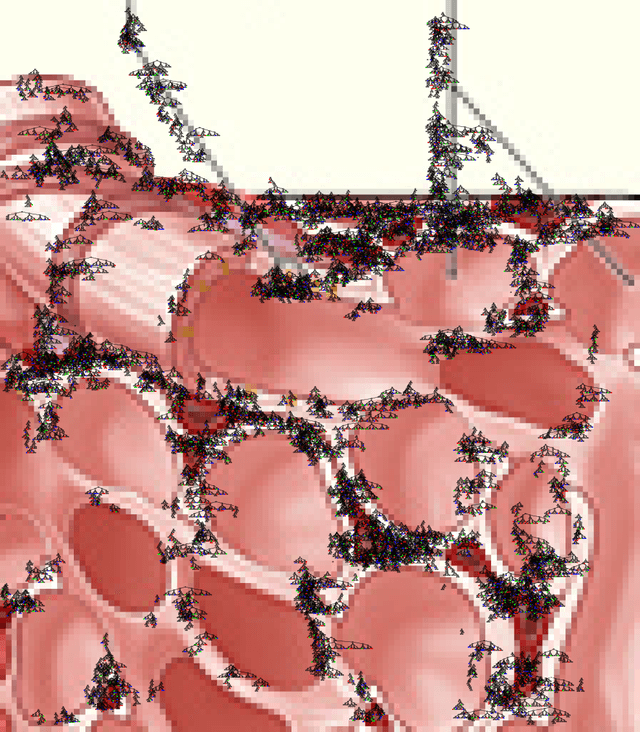Evolving Open Complexity
Paper and Code
Dec 01, 2021
Information theoretic analysis of large evolved programs produced by running genetic programming for up to a million generations has shown even functions as smooth and well behaved as floating point addition and multiplication loose entropy and consequently are robust and fail to propagate disruption to their outputs. This means, while dependent upon fitness tests, many genetic changes deep within trees are silent. For evolution to proceed at reasonable rate it must be possible to measure the impact of most code changes, yet in large trees most crossover sites are distant from the root node. We suggest to evolve very large very complex programs, it will be necessary to adopt an open architecture where most mutation sites are within 10 to 100 levels of the organism's environment.
 Add to Chrome
Add to Chrome Add to Firefox
Add to Firefox Add to Edge
Add to Edge